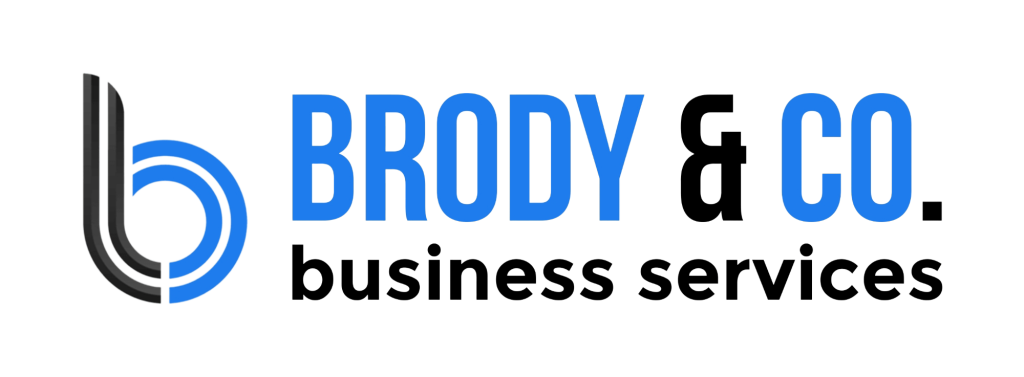In today’s fast-paced office environments, stress, poor air quality, and unhealthy habits can all contribute to breathing difficulties. While smoking has long been recognized as a major culprit in damaging lung health, even non-smokers often face respiratory challenges due to pollutants, sedentary lifestyles, and lingering habits that compromise lung function. Recognizing this, one consultant introduced a new approach that combined a lung restoration product with practical non-smoking strategies—an initiative that transformed how clients experienced health in the workplace.
Understanding the Problem: Breathing at the Office
Breathing might seem effortless, yet many employees struggle with subtle but significant limitations. Common complaints include shortness of breath while climbing stairs, frequent coughing, or feeling easily fatigued during meetings. These symptoms often go unnoticed until they start interfering with productivity and focus. For smokers, the impact is magnified by years of nicotine dependency, but even non-smokers are not immune.
Poor indoor ventilation, exposure to cleaning chemicals, and extended periods sitting at desks all strain the respiratory system. In offices where wellness programs are often limited to gym memberships or ergonomic chairs, lung health remains a missing piece of the puzzle.
The Consultant’s Vision
The consultant recognized this gap and sought a way to bring lung health into the broader conversation about workplace wellness. His strategy was simple but powerful: introduce a lung-restoring product alongside practical non-smoking tips, and deliver the message in a way that felt accessible and life-changing.
Rather than offering dry lectures, he shared a full video with everyone in the office—a piece of content designed to educate, motivate, and inspire. The video explained how the lungs could be supported and restored, especially when paired with the right behavioral changes. Employees were able to watch, learn, and discuss openly, creating a sense of community around the idea of breathing better.
The Lung Restoration Product
At the heart of the program was a lung restoration product designed to cleanse and rejuvenate the respiratory system. Unlike quick fixes or gimmicks, this solution targeted the buildup of toxins, supported lung tissue repair, and promoted deeper, more efficient breathing.
For former smokers, it provided a way to accelerate recovery, giving them hope that years of damage could be reversed. For non-smokers, it acted as a protective measure, improving resilience against daily environmental stressors. The product became more than just a supplement—it was framed as a practical tool to reclaim vitality and comfort in the workplace.
Pairing with Non-Smoking Tips
The consultant didn’t stop at introducing the product. He recognized that sustainable health depends on lifestyle changes. That’s why he paired the product with actionable non-smoking tips, including:
-
Identifying Triggers: Helping employees understand when cravings arise and how to redirect them.
-
Mindful Breathing Practices: Simple techniques to expand lung capacity and reduce stress.
-
Healthy Substitutions: Encouraging herbal teas, sugar-free gum, or light physical activity as replacements for smoke breaks.
-
Support Systems: Building peer accountability among colleagues who were trying to quit together.
-
Celebrating Milestones: Recognizing progress, whether it was a day, a week, or a month smoke-free.
This holistic combination bridged the gap between theory and practice. Employees weren’t just told to stop smoking; they were given tools, encouragement, and a restorative product that made the process smoother.
The Impact on Clients
The results were remarkable. Within weeks, employees began sharing stories about improved energy levels, fewer coughing fits, and sharper concentration at work. Some noticed they could walk to meetings without feeling winded, while others reported better sleep and reduced anxiety.
Perhaps most importantly, the initiative shifted the culture of the office. Conversations about smoking and lung health, once taboo or ignored, became open and constructive. The shared experience of watching the consultant’s video created a collective “aha moment,” and employees felt empowered to take control of their health.
For many, this was not just about quitting smoking—it was about reclaiming the freedom to breathe fully again.
Why This Matters for Workplace Wellness
The consultant’s approach underscores a vital lesson: wellness programs must go beyond surface-level perks. By focusing on something as fundamental as lung health, he tapped into an area that directly influences productivity, morale, and overall quality of life.
Breathing better isn’t just a medical issue—it’s a workplace performance issue. Healthy lungs support clearer thinking, stronger immune systems, and higher resilience against stress. When employees feel physically better, they bring more energy, creativity, and collaboration to their roles.
The Lasting Message
The consultant’s message was clear: lung health deserves as much attention as diet, exercise, or mental well-being. By combining a targeted lung restoration product with actionable non-smoking strategies, he offered a blueprint for sustainable change. The video he shared didn’t just provide information; it inspired transformation.
Employees left with more than tips—they left with a sense of possibility. They saw that even long-standing habits could be changed, that damage could be reversed, and that breathing better was within reach.
Conclusion
The story of this consultant’s initiative serves as a reminder that innovation in workplace wellness doesn’t always come from technology or grand programs. Sometimes, it comes from addressing the basics: the air we breathe, the lungs that sustain us, and the daily choices that shape our health.
By integrating education, community, and a proven lung restoration product, he helped clients breathe easier—literally and figuratively—at work. The office wasn’t just a place to perform tasks anymore; it became a place where people could reclaim their health and change their lives.


